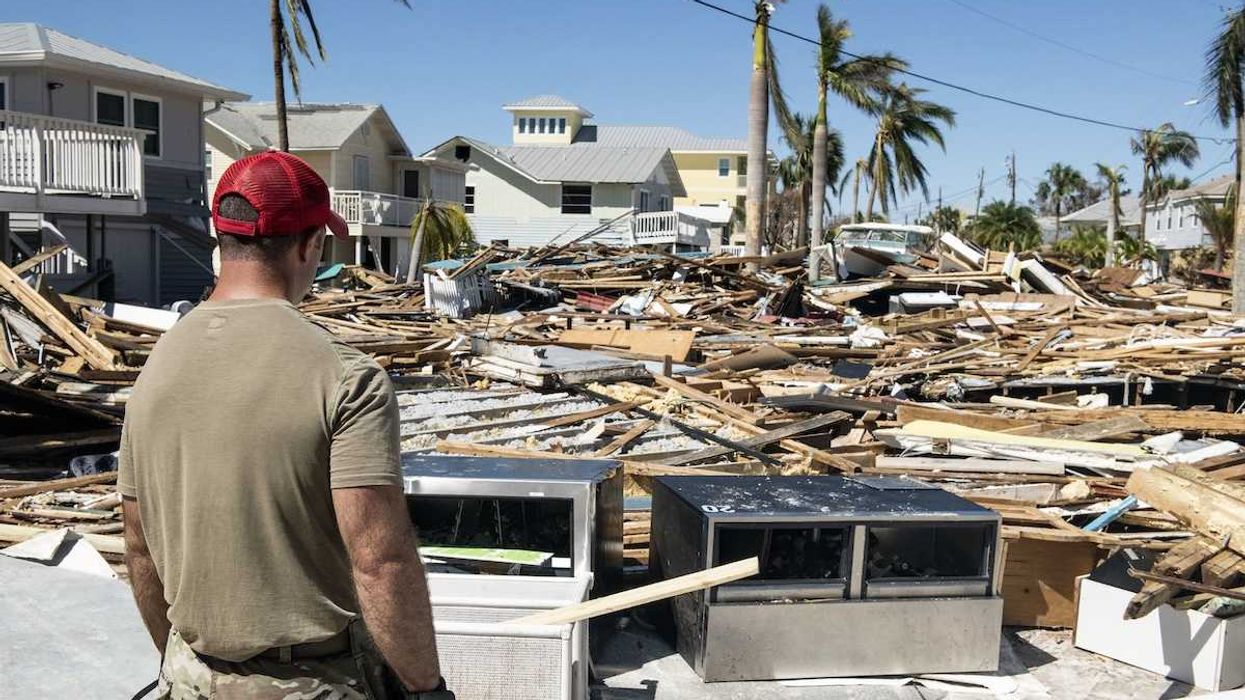Houston struggles with climate change's harsh realities, highlighting the city's vulnerability to natural disasters and its economic and human costs.
Amelia Winger reports for the Houston Chronicle.
In short:
- Harris County leads the U.S. in climate hazard risk due to its geographical features and infrastructure vulnerabilities.
- Texas has faced 170 billion-dollar disasters since 1980, with Harris County experiencing significant damage and loss.
- Studies predict escalating damage costs and mortality rates in Harris County due to increasing natural hazard risks.
Key quote:
"It's a fact of life, living here, that we're always going to be faced with the possibility of a major hurricane, or a major rain event or other natural impacts."
— Brian Murray, deputy coordinator of the Harris County Office of Homeland Security and Emergency Management.
Why this matters:
Understanding Houston's plight underlines the urgency of addressing climate change and improving disaster preparedness. It highlights the disproportionate impact on vulnerable communities and the need for targeted resilience and recovery efforts to mitigate future risks.
For additional context: Satellites show communities of color are far more exposed to pollution in Houston, offering a potential new way to close data gaps and tackle disparities.














